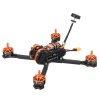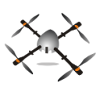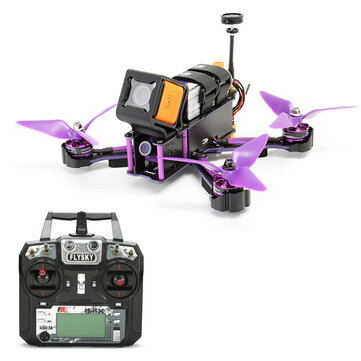Here is my experience for what it's worth. I have built a Parallax Elev-8, Tarot 680 Hexcopter, a Tarot 650 Sport and 650 Ironman. I have also crashed the Elev-8 multiple times and completely rebuilt it.
First off, you have to decide what you want to do with your homebuilt aircraft - learn to fly? FPV? Shoot video/still imagery? I will assume that you already have had some flight experience - say, flying a small "toy" aircraft. If not, I would recommend building one that will have a flight controller that can use GPS/compass so you have take advantage of flight modes such as Loiter, Stabilize, RTL (Return To Launch), etc. to make it easy to get some experience without worrying about losing control and flying away because you let it get too high/far and lost orientation.
You will have to maintain a couple of budgets: Money and Weight. Money is obvious - it puts constraints on what you want and can afford. A weight budget will help steer you to components such as motors, which will drive ESC choices, etc.
What flight controller will you use? I chose an obsolete APM controller because it was mature (nice way of saying over the hill), stable and I liked the Mission Planner application for configuring the aircraft, monitoring telemetry and planning waypoint missions. But you have to decide on what functions are important to you.
You listed some tools - here are some more to consider:
Wire cutter and insulation stripper
crimping tool - for crimping servo pins
Hex screwdriver set
socket wrench set or small adjustable wrench
Third Hand - a device that has a magnifying glass ant two arms with alligator clips for holding stuff while you're soldering or whatnot.
Prop Balancer - will come in handy when you're finished and want to minimize vibrations by making sure the props are balanced.
You will need to practice soldering, crimping and learning Mandarin if you buy stuff from China - otherwise you may have to depend ono YouTube how to videos...
I built large aircraft as I am older and don't have the dexterity for dealing with tiny parts and small spaces.
In time, you will learn all manner of things - such as figuring out pinouts - very little is standardized!
Some other things to keep in mind:
You will need a transmitter receiver - which kind may depend on the controller you decide to use. for example, the Pixhawk prefers a receiver that uses the SBUS protocol (yes, learn about the different protocols - PWM PPM, SBUS)
Battery charger - for the lipos you will need to power your aircraft.
Well, that's all of the top of my head....
Good luck!





